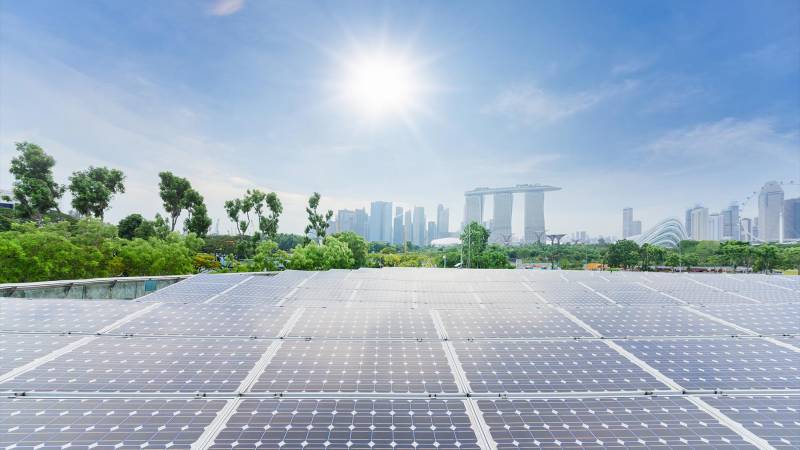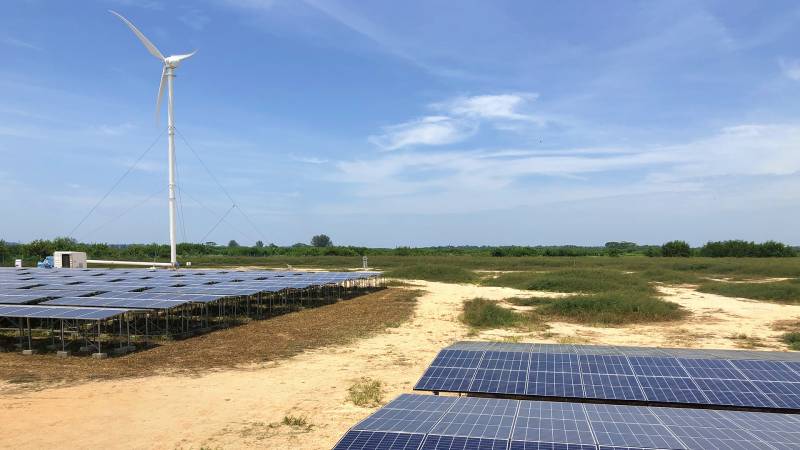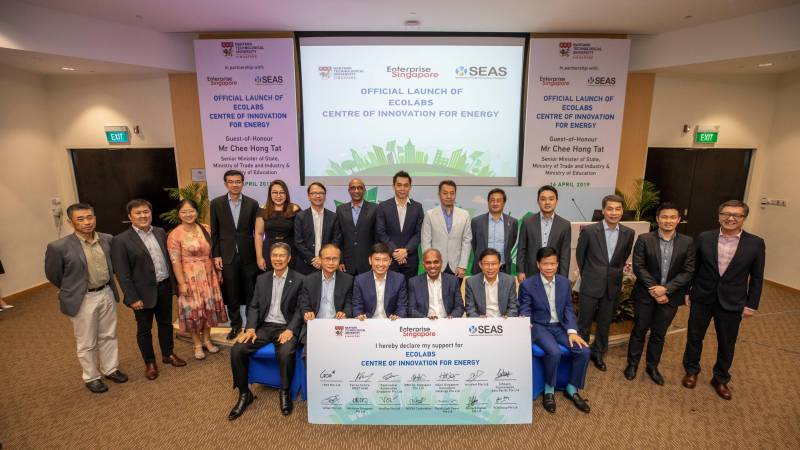What will it take to green Singapore’s energy industry?
With natural disasters and the fallout of climate change impacting lives daily, has this pressure changed the way Singapore and her natural resource-rich neighbours consume energy? Energy usage is more regulated than ever, and our reputation as a global maritime and petroleum hub doesn’t contribute to the Government’s shift towards sustainability.

Nevertheless, Singapore has set an ambitious roadmap to achieve Green City status. It aims to achieve Net Zero Waste, Net Zero Water and Net Zero Carbon goals by reducing consumption by 35 per cent by 2020 with another 50 per cent reduction targeted by 2025 and beyond. The ultimate goal is for the city-state to be NET ZERO at some point in time. Every vision starts with concrete goals and targets. The question remains as to how we are going to get there.
-
How will these targets impact our country’s oil and gas hub status?
While things are not going to change overnight, the shift in Singapore’s energy landscape in Singapore means that it is more important than ever before to make structural efforts to reduce our carbon footprint by involving and evolving the clean and renewable energy industry.

While weather conditions in Singapore mean limited wind, hydro and solar, due to cloudy skies and land area, we have a thriving eco-system in science and technology which can be harnessed for innovation.
Just recently, the partnership between Nanyang Technological University (NTU) and Sustainable Energy Association of Singapore (SEAS) to launch Ecolabs Centre of Innovation for Energy underscores such commitment in test-bedding new discoveries across the island and ultimately to the marketplace in Singapore and beyond.

A broad-based approach to Singapore’s clean energy approach has been set out by the Ministry of Trade and Industry, comprising the 3Ds: Decarbonisation, Decentralisation and Digitalisation:
1) Decarbonisation
Reducing our nation’s carbon footprint. The rate of decarbonisation will not be linear as, at some point, consumption growth will be exponential when the cost of renewable energy reaches parity to the conventional energy mix.
It has been proven that, over time, government subsidies will be difficult to lift and the higher cost passed on to consumers. As such, it is expected that our Government will be in treading carefully in this space.
2) Decentralisation
In neighbouring countries, a decentralised model of energy offers clean energy an opportunity to plug energy poverty gaps, especially in the rural areas or smaller islands. Some of these decentralised energy models utilise existing renewable energy sources like solar or wind plus storage to power villages and resorts.
3) Digitalisation
With technology, companies can optimise energy usage. Start-ups, SMEs and energy corporates with capabilities in research and technology can then take their ideas to commercialisation.
We see some progress taking place with ENGIE’s investment to develop its Centre of Expertise for District Cooling and drive digital initiatives like big data analytics, IoT (Internet of Things), remote monitoring platforms and integrated building management systems to monitor facilities in real-time.
-
While all this is a positive step forward, the stinging headwind of the cost of fossil fuel will inevitably be thrown in as a detractor to “Disincentivise” the other 3Ds. The International Energy Association has recently reported that, in 2018, carbon emissions from conventional energy are at its highest with coal and nuclear taking up the primary baseload in the energy mix.
Current oil prices have been largely healthy with both producers and consumers “comfortable” in that oil prices have yet to trigger an inflationary effect on consumers’ pockets while producers are in the black.
On the back of this, the US oil fracking/shale industry is set to continue to be the largest exporter of oil located in the largest economy of the world. This, despite the global clean energy market that is expected to be worth USD4 trillion by 2020 and rapidly declining renewable energy prices.
-
What incentive remains if we are to bank on the dollars and cents of clean energy?
Till then, I believe, undeniably, a mindset and cultural change to “go green” needs to be amplified and encouraged to make a dent against the headwinds.
